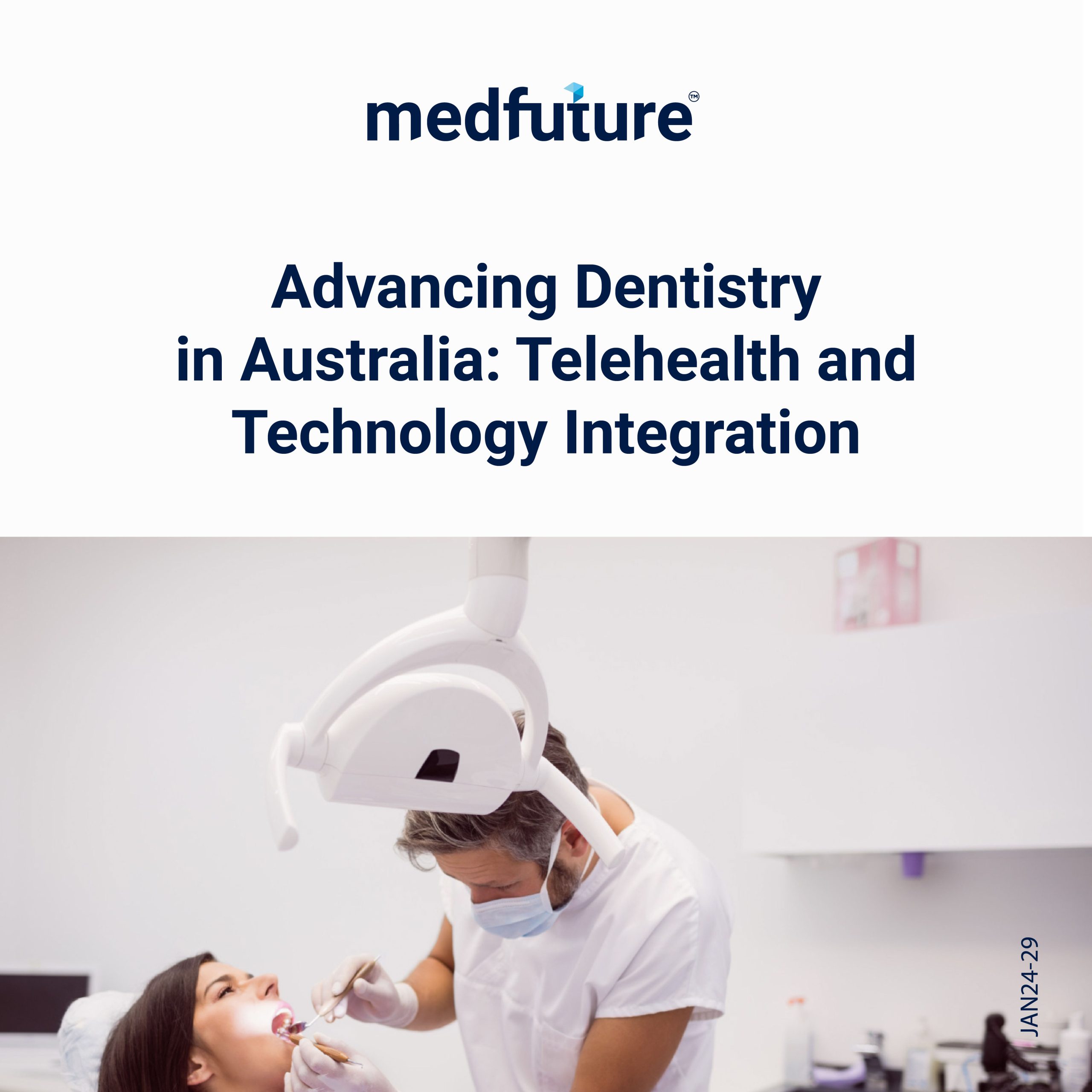The field of dentistry has experienced a revolutionary transformation, with the integration of telehealth and cutting-edge technologies. Australia, known for its commitment to innovation in healthcare, is at the forefront of this dental evolution.
The global dental care landscape has witnessed significant shifts, with advancements in technology improving care quality. However, disparities in access to dental services persist, particularly between urban and remote areas. The digital revolution has played a transformative role in various industries, including healthcare, breaking down barriers to information and services.
Teledentistry, a subset of telehealth, is a promising solution, offering virtual consultations, diagnoses, and treatment planning. By leveraging digital platforms, teledentistry aims to make quality dental care accessible to anyone with an internet connection. It addresses the pressing need for global dental care equity.
A brief intro about teledentistry!
Teledentistry combines dental care with telecommunication technology. It enables dental professionals to remotely consult, diagnose, and provide certain treatments to patients through digital platforms and video conferencing tools. This allows for real-time interactions without the need for physical presence.
In a teledentistry scenario, a patient experiencing gum discomfort can connect with a dentist via video call. S/he can describe symptoms, and even share visuals of the affected area. Some platforms may include tools for patients to capture high-resolution images of their teeth for closer examination.
Compared to traditional dental consultations, teledentistry stands out in terms of convenience. Traditional visits require a physical presence in a dental clinic, while teledentistry can be conducted from anywhere with internet connectivity. This not only saves time and travel costs but also reduces the anxiety associated with in-person clinic visits.
It’s important to note that while teledentistry is versatile, it doesn’t entirely replace the need for in-person visits, especially for hands-on procedures. Instead, it complements traditional methods, offering a flexible and accessible approach to dental care.
Let us dive into Technology Integration
In an era marked by continuous technological progress, the dental field is unsurprisingly undergoing evolution. A notable and impactful development in the dental industry is the widespread adoption of Artificial Intelligence (AI). This integration of AI is fundamentally changing the way dental practices function, altering the approach to patient diagnosis and treatment. Its incorporation into dental care is not only reshaping the overall patient experience but also elevating diagnostic capabilities and optimising treatment results. Explore further to understand the profound impact AI is having on transforming the dental landscape.
- Advanced Diagnostics
The swift processing and analysis capabilities of AI represent a groundbreaking development in diagnostics. In the realm of dentistry, AI-powered systems play a crucial role in analysing X-rays and swiftly identifying issues. These include cavities, gum disease, or potential abnormalities. The process takes only a fraction of the time compared to human analysis. It enables accurate and early detection of oral health issues consequently leading to timely treatment and improved patient care.
- Tailored Treatment Plans
AI systems excel at processing individual patient data to craft personalised treatment plans. By incorporating patient records, including medical history and diagnostic imagery, AI aids dentists in formulating precise and tailored treatment strategies. This personalised approach enhances patient care by taking into account unique factors and optimising treatment outcomes.
- Efficient Administrative Tasks
The automation capabilities of AI contribute to streamlining administrative tasks in dental practices. AI systems efficiently handle appointment scheduling, patient reminders, and certain aspects of billing and coding. This alleviates the administrative burden on dental professionals, allowing them to focus more on patient care.
- Enhanced Patient Experience
AI-driven technologies are transforming the patient experience by creating a more seamless and efficient process. Patients benefit from improved diagnostic accuracy, reduced waiting times, and personalised care plans tailored to their specific needs. This not only elevates the overall experience but also builds trust and satisfaction among patients.
- Future Innovations
The potential applications of AI in dentistry are vast and continually expanding. The future promises exciting possibilities for AI integration in the dental field. It is from the development of AI-powered robotic systems for surgeries to the emergence of virtual dental assistants.
Challenges and Considerations of Telehealth and Advanced Technology in Dentistry
As telehealth and advanced technologies increasingly shape the landscape of dentistry, they bring forth a range of challenges and considerations. Some of the key challenges include:
- Costs
Integrating teledentistry and cutting-edge technology into dental practices involves expenses such as the initial setup, infrastructure development, and staff training. These financial considerations may pose a substantial impact on dental providers, especially in private or public healthcare settings.
- Security and privacy
Implementing advanced technology and telehealth in dentistry gives rise to apprehensions regarding the security and privacy of patient data. It is crucial to address concerns by ensuring compliance with data protection regulations and prioritising the safeguarding of patient information.
- Technology factors
Practitioners engaged in teledentistry have emphasised notable technological challenges, including insufficient formal training and inadequate infrastructure. It is imperative to address these technological barriers to ensure the seamless implementation of teledentistry.
While the integration of telehealth and technology in dentistry brings numerous benefits, it also presents challenges that need careful consideration. Issues related to data security, patient privacy, and the need for ongoing training for dental professionals to adapt to new technologies must be addressed to ensure the successful implementation of these advancements. If you are a just pass-out graduate or a well-experienced dentist in search of practices that offer the latest advancements in technology. Check out Medfuture for recent job openings related to the dental field.






